“They just don’t like me. I don’t know what to do,” said the exasperated firefighter, who grew-up in a Spanish-speaking country.
I was working as the Director of Behavioral Health for Fairfax County Fire and Rescue. One year into the job, I saw team-splintering at some fire stations. A generational and cultural rift was creating dividers between men and women who must eat, sleep and take risks together.
Firefighting is a family occupation for many firefighters, their fathers wielded hoses and drove rigs, just like their grandfathers. They were colliding with a new generation of firefighters who chose this as a second career.
“Those recruits (firefighters in training) wouldn’t know a garden hose from a fire hose,” grunted one veteran. Adding to the mix was a diverse county where many immigrants from El Salvador were taking root. This cultural clash caused even more strife.
Diversity in the Workplace
A highly diverse working group can bring important and varying contributions to a workplace. It can also bring challenges. Cross-cultural differences influence behavior, etiquette, norms, values, expressions, group mechanics, non-verbal communication and in the end, results (Diversity and Inclusion in Teams, 2015).
Some posit that cultural differences among group members can be a source of insight (Polzer, 2015). Polzer and Fernandes (2015) report that early laboratory experiments discovered that heterogeneous groups solved problems more effectively than homogeneous groups.
This resulted in a hypothesis suggesting that members of diverse groups bring unique perspectives to the table, creating a larger pool of available information, skills, approaches, and networks (Neale, 2005). Neale and Mannix (2005) say diversity should lead to constructive task conflict and debate, causing team members to explore alternative solutions and conduct more thorough analyses of the issues at hand.
My firefighter was having difficulty expressing himself in our conversation. Sometimes, people have difficulties in finding word equivalents for emotions across cultures (Wierzbicka, 1992). He was struggling with the words. Perhaps a macho culture, both where he was born and at a fire department, does not loan itself to words of introspection.
“How is talking going to change things?’” he asked. This was a good question to toss at a therapist. “We’re not looking to change things. We’re looking at changing the way you react and manage things,” was my retort. The great thing about firefighters is that you can go directly to the point.
I spent some time riding with his crew. Since I did “ride-alongs” regularly, the visit didn’t attract any attention or compromise his confidentiality. Fairfax County has one of the best career fire departments in the county. These are high-performance teams that depend on each other when their lives are on the line. The best teams were always given a certain amount of autonomy. Firefighters hated officers who micromanaged. Autonomy is a characteristic of high- performing teams (Johnsen, 2009). There is no democratic consensus process for selecting new members of the team. They do communicate a shared vision which Johnsen (2009) says can be helpful if it is founded on responsibility, service and trust.
As the day progressed I used group coaching to try to build group unity. Group coaching is being used in corporations, small businesses and in government programs, gaining significant ground in North America and taking roots in Europe and Australia (Britton, 2010).
At the fire station I had a collection of new and old generation firefighters as well as my firefighter client. Some of these men and women (at the time Fairfax County had one of the largest concentrations of women at about 8% of the workforce) were iconoclasts, but doing it with grace and generosity to reshape culture. It has been called “Angelic trouble making” or going against the grain in a benevolent fashion. A Fast Company internet article says it’s not about being difficult; it’s about forcing people to see situations differently.
I borrowed from Irv Yalom, the guru of group counseling, as I attempted to build group unity, cross-cultural awareness and a greater understanding of global communication styles. I did this in small, impromptu groups while riding in a fire truck or during meals. For breakfast, I suggested that my client make the team a typical breakfast served in the country where he was born. In the end he was welcomed as part of the team. I owe this to a team willing to work together, communicate and venture into areas of discomfort. The delicious plantains didn’t hurt, either. Now, they like his breakfasts, and him.
References
Britton, J. J. (2010). Effective Group Coaching. Ontario: John Wiley and Sons .
Diversity and Inclusion in Teams. (2015). Retrieved from Power Change Coaching Training International: http://powerful-change.com/working-with-multi-cultural-and-diverse-teams/
https://www.fastcompany.com/3063819/work-smart/the-one-surprising-person-your-work-team-desperately-needs. (2016, September ). The One Surprising Person Your Work Team Desperately Needs. Retrieved from Fast Company.
Johnsen, A. L. (2009). From High Performance Teams to Evolutionary Learning Communities: New Pathways in Organiztional Development. Journal of Organizational Transformation and Social Change, 29-to 48 .
Neale, E. M. (2005). What Differences Make a Difference? Psychological Science in the Public Interest, pp. 31-35 .
Polzer, C. R. (2015). Diversity in Groups. Retrieved from Harvard Business School: www.hbs.edu/…/Diversity_in_Groups_EmergingTrends_577
Wierzbicka, A. (1992). Semantics, Culture and Cognition: Universal Human Concepts in Culture-Specific Configurations. New York: Oxford University Press .


